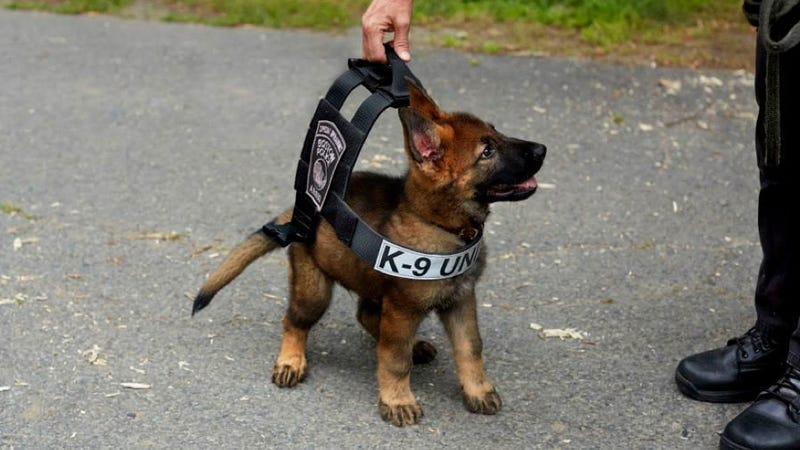Health: Prone to hip dysplasia and retinal atrophy which causes blindness
Grooming: Several times weekly to prevent matting, can have the lion clip or the retriever clip which is easier to maintain
Trainability: Respond well, highly trainable, but start early, be consistent, and be positive
Developed on the coast of Portugal 500 years ago to help fishermen at sea and called "cau de agua" (dog of water), Portuguese water dogs were bred to help fisherman by chasing fish nets, catching or scaring fish into nets, and rescuing drowning sailors. With their webbed paws, rudder-like tails, and profuse waterproof coats they were perfect for the job of helping the Spanish Armada send messages between vessels. Later they were used by the San Francisco Giants to retrieve balls that fell into the bay waters outside Pacific Bell Park. Today they make headlines as the breed of the First dog for the Obama family and their Portuguese water dog Bo.
Information for this post from: http://www.animalplanet.com/tv-shows/dogs-101/videos/dog-breeds-l-z/
 |
| Portuguese Water Dog with a lion clip |
 |
| Portuguese Water Dog with a retriever clip |












